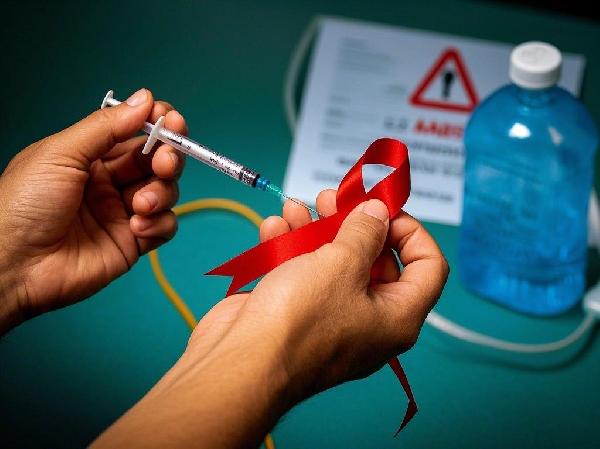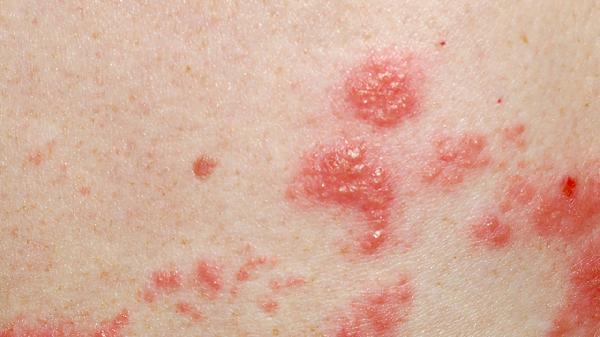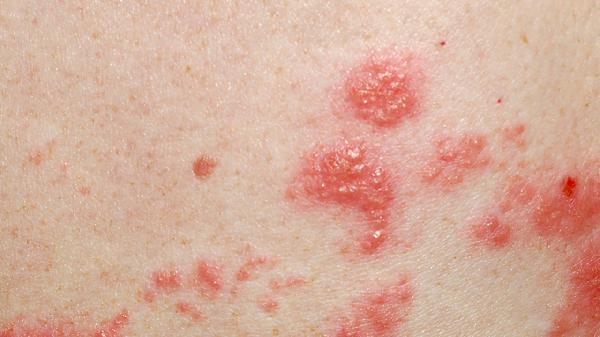Syphilis is a highly contagious and prevalent sexually transmitted disease that not only endangers one's own health but also harms family members, causing damage to the family. Understanding the causes of syphilis can effectively prevent its occurrence. So, what are the causes of syphilis?
Syphilis can be divided into three stages: primary syphilis, characterized by ulcers or chancres at the site of infection; secondary syphilis, featuring skin and mucous membrane lesions and lymph node enlargement; and tertiary syphilis, which affects the heart, nerves, stomach, eyes, ears, and causes gumma lesions. The causes of syphilis can be classified into congenital infection and acquired transmission.
1. Causes of congenital syphilis: Congenital syphilis refers to the condition where the fetus contracts syphilis in the womb after the fourth month of pregnancy, as the syphilis spirochete from the mother's blood crosses the placenta and enters the fetus. This results in neonatal congenital syphilis after birth.
Cause: Transmission of the syphilis spirochete through the placenta mostly occurs after the fourth month of pregnancy. Fetal infection is related to the course of the mother's syphilis and whether she received treatment during pregnancy. In cases of early-stage syphilis in the mother that is untreated, whether primary or secondary infection, the fetus is almost always affected, with 50% of fetuses experiencing miscarriage, premature birth, stillbirth, or death in the neonatal period. Survivors may exhibit clinical symptoms at different ages after birth, with those developing symptoms before the age of 2 classified as early syphilis, primarily due to direct results of infection and inflammation. Cases appearing after the age of 2 are classified as late syphilis, mainly involving deformities or chronic damage left by early infections.
2. Causes of acquired syphilis: Mainly transmitted through sexual intercourse. Early syphilis: Highly contagious within the first 2 years, including primary, secondary, and early latent syphilis. Late syphilis: Occurs more than 2 years after infection, including tertiary syphilis and late latent syphilis.
After syphilis invades the body, following a 2-3 week incubation period (known as the first incubation period), skin lesions occur (typical lesions are chancres), marking the primary stage of syphilis. Following the skin lesions, the body produces antibodies. Research on experimental syphilis in rabbits has shown that the histological feature of early syphilis is mononuclear cell infiltration. Lymphocyte infiltration appears by the 6th day of infection, peaks on the 13th day, followed by the appearance of macrophages. The lymphocytes infiltrating the lesions are mainly T cells. At this time, the syphilis spirochete is found in the intercellular spaces of epithelial cells in the chancres, as well as within the invaginations or phagosomes of epithelial cells, or between fibroblasts, plasma cells, small capillary endothelial cells, and in lymphatics and local lymph nodes.
When syphilis progresses to the tertiary stage, it is already very severe, so it is crucial to actively treat it in the early stages.
























